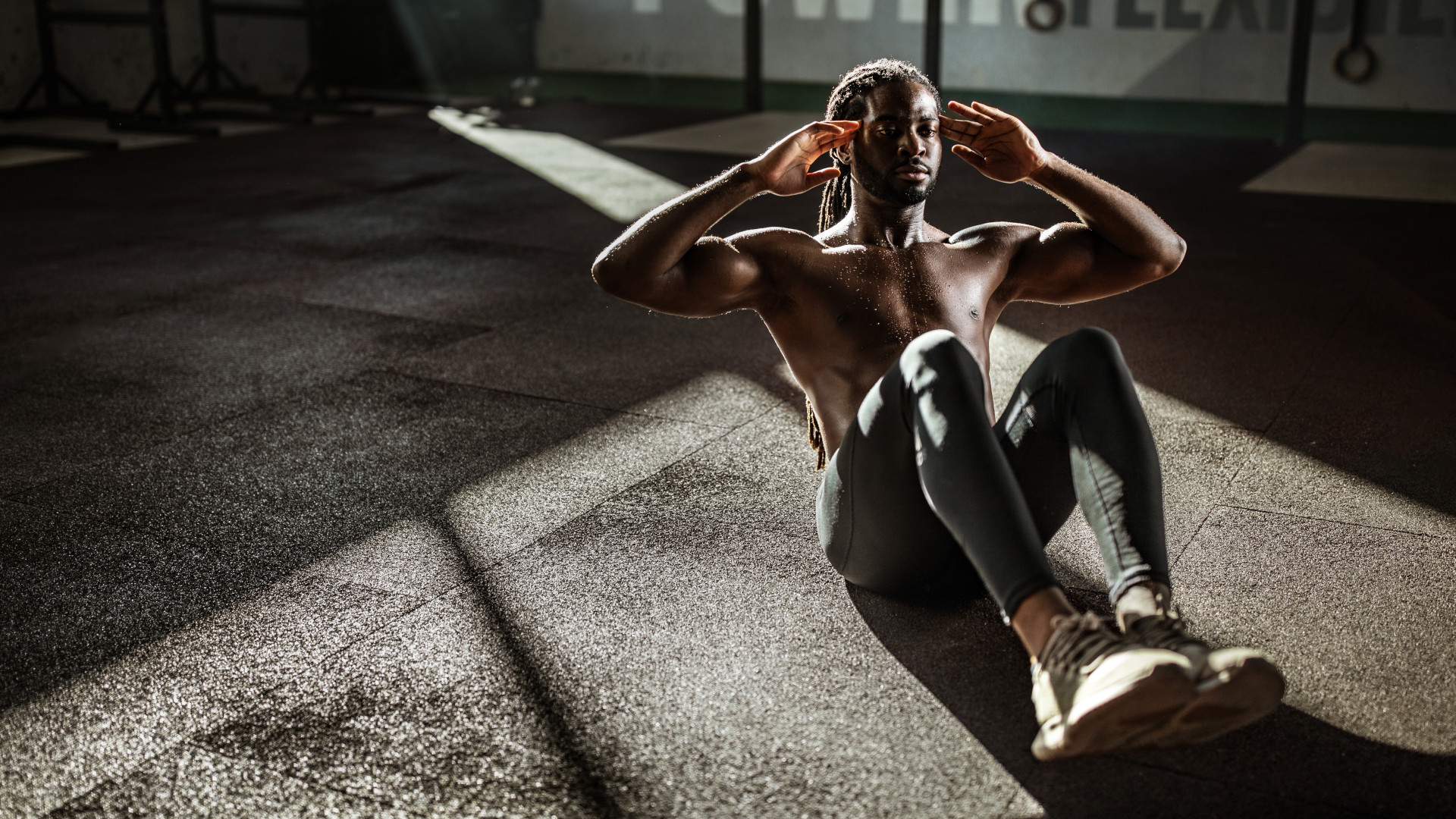
If you still want to build a rippling six-pack in the gym then you need to make sure you’re spending time doing the right exercises and not wasting your time on the wrong ones. Good thing Sports Scientist, Dr. Milo Wolf, has ranked every single ab exercise in a recent YouTube video so you know what’s worth your attention and what’s not.
In his video, Dr. Wolf uses six tiers to categorise the exercises into different tiers – S, A, B, C, D – ‘S’ being the ‘best’ and ‘D’ being the ‘worst’. So, what are the ultimate ab exercises to help you carve out an impressive six-pack?
Before jumping into the exercises, Dr. Wolf reminds us of the anatomy of the abs. “The rectus abdominis is responsible for spinal flexion primarily, whereas the obliques are primarily responsible for lateral flexion and spinal rotation,” he says. This is important when choosing ab exercises, because if they aren’t creating this type of movement, you probably won’t be getting a lot of bang for your buck.
Making its way into the D-tier is the plank, which Dr. Wolf says “may be the worst exercise yet” – strong words! While it’s considered a great core exercise, it’s not the best if your sole mission is to build abs. Dr. Wolf says this is due to the fact it provides minimal stretch, is hard to load and requires a lot of stabilisation from other muscles. Mountain climbers also join the lower ranks, alongside Russian twists for the obliques.
Sit-ups and crunches are slightly higher (both in C-tier), and a few tiers above these are V sit-ups and dragon flags. So, what’s the golden exercise for growing our abs?
Dr. Wolf says it’s the cable crunch. “I think this might be the single best ab exercise. You can focus getting into full spinal extension, which allows you to get a maximum stretch. Also plenty loadable.” Most gyms also have a cable machine, which makes it an accessible exercise.
The other exercise that made the S-tier (this time for the obliques) was the dumbbell side bend. Again, Dr. Wolf says this is because it provides an excellent stretch, you can do it with a variety of equipment – a dumbbell or kettlebell – and you can progressively overload it over time, by increasing the weight.







